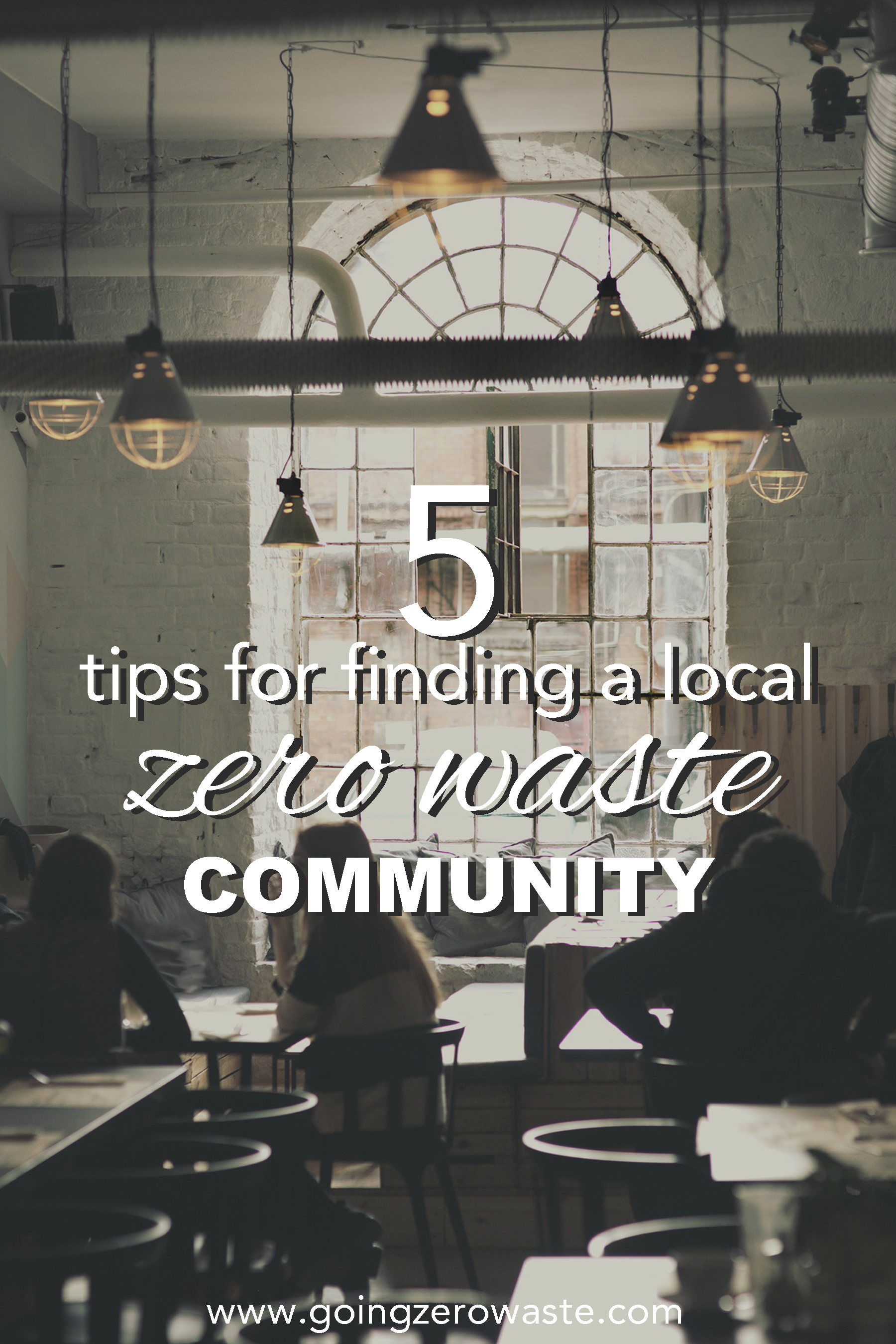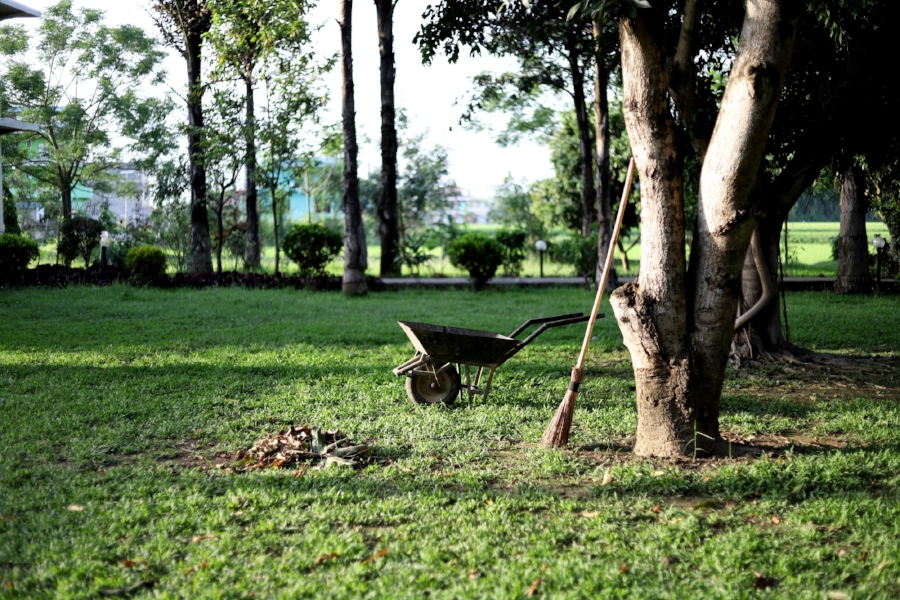As I started writing this post, I wondered why do we call them carbon offsets instead of greenhouse gas offsets?
Other than the fact carbon offset just sounds a lot better.
Carbon / Carbon Dioxide / CO2 is a greenhouse gas but it’s not the only greenhouse gas. It’s not even the most potent or strong greenhouse gas out there! But, it is the most prevalent one making up about 64% of the greenhouse gases released.
Greenhouse gasses trap heat in the atmosphere which is where we get the term “Global Warming.” Other greenhouse gases include Methane, CFCs (Chlorofluorocarbons), Nitrous Oxide, and Fluorinated gasses.
Fluorinated gasses for instance only make up about 1% of the greenhouse gases emitted, but are some of the biggest problems because some of these gases can last for thousands of years. They can trap anywhere from a few hundred to 23,000 times more heat than the same amount of CO2! (source)
Fluorinated gases come from leaking coolants in fridges and air conditioners are ranked as the number one way to fight climate change in one of my favorite books Drawdown.
So, what does this have to with buying carbon offsets? Not, much other than I just think it’s interesting.
Back to offsets, for me, it comes back down to everything we do has an impact. There’s no one perfect choice to be made but rather a series of choices ranging from ok to good, better, and best.
Each choice you make has a GHG (greenhouse gas) price tag associated with it, and a you can calculate all of these GHG price tags from events, flights, or by year and figure out your carbon footprint.
how to calculate your carbon footprint:
The quiz at footprintcalculator.org is my favorite one. You can popover and plug-in the details of your life/last year and then it will calculate how high your carbon footprint is including how many Earth’s we’d need to survive if everyone lived like you.
Back when I lived in the tiny home, my carbon footprint was one earth. Which is great because we have one earth, but now that we moved to a slightly bigger place Justin and are at about 1.3 earths.
It can feel a little discouraging when you feel like you’re doing a really good job, but still can’t get seem to reach that one earth goal.
But, I don’t want you to be discouraged! Having that knowledge is good so you can improve certain aspects of your life.
And, sometimes these things just aren’t avoidable depending on where you are in life. My husband commutes to work. He uses public transit, which is a better option, but it still doesn’t erase his carbon footprint - it’s still there.
Thankfully, this is where carbon offsets come into play.
what are carbon offsets:
I kind of want to start calling them GHG offsets, but I digress. Carbon offsets are a way to offset your carbon footprint.
Of course, the number one goal should be to reduce the amount of greenhouse gas emissions we’re responsible for and then offset what’s leftover.
This is a way of neutralizing your footprint by supporting organizations and projects that will remove (insert your desired amount) of greenhouse gas emissions from the atmosphere.
It’s kind of like going into a ceramic store and smashing one of the ceramic cups. Yeah, you probably shouldn’t have done it, but as long as you pay for it you’re even.
what to look for when buying carbon offsets:
Carbon offset programs have often been criticized for being scams.
While you can certainly buy into a scam, I’m going to help you know what you should be looking for to avoid being scammed AND give you some of my recommendations for getting your offset on!
There’s transparency:
You know your gut reactions? Trust them. Typically a company that is doing good is transparent. You should be able to easily get the information that you’re looking for on a website.
They’re certified:
Check out Green-E which helps individuals figure out which offsetting programs are reliable, and The Climate Action Reserve which sets standards, rules, and protocols for offsetting projects.
The seller can prove it’s real:
Let’s say that you want to fund a project to support a landowner in the rainforest. The landowner will receive monetary compensation for leaving his trees standing tall.
The seller should be able to prove that this scenario is real. That there is a landowner in the rainforest who’s agreed to this and that it’s not some future hypothetical situation. Make sure that the person/group/organization they’re working with actually exists - right now.
It’s verified and enforceable:
A third party should be able to verify what’s being said is actually true. A third party should be able to head to the landowner’s area to check on the trees and make sure it’s all going according to plan. If it’s not going to plan, then the third party can penalize the landowner.
It’s a permanent solution:
The third party also needs to verify that the solution is mostly permanent. (obviously sometimes a natural disaster might strike which is out of anyone’s control) But, on the whole it’s important to make sure the project is one that’s going to last.
For instance, if you choose to plant trees as part of your carbon offsetting program, (one I tend to select) it takes a tree 40 years to reach maturity and absorb 1 ton of carbon. If you’re planting trees in a forest that’s going to be cut down 10 years later, then it’s not an efficient carbon offset.
The offset must be additional:
What if the landowner never had any intention of cutting down his trees? Did you actually offset anything or just make a donation/gift to the landowner?
Beyond that is leakage. So, let’s say the landowner refuses to cut down his trees and passes on a deal with a logging company. If the logging company buys the plot of land next door, then your dollars shifted the deforestation rather than preventing it which is called leakage.
where to buy you carbon offsets:
1. reformation:
This cool girl brand has been carbon neutral since 2015. They’ve partnered with Native Energy, which is focused on renewable energy projects, to bring carbon offsets straight to their e-commerce platform which I think is AMAZING.
Next time you’re shopping for a sustainable party dress you can offset your flight, year, or your zero waste wedding!
Check out their Carbon is Cancelled Campaign. They’ll even give you $100 in store credit if you switch your bill to wind energy.
2. conservation fund:
The Conservation Fund has been in business since 1985 and they have a very robust website with lots of different projects to choose from.
They have saved more than 8 million acres of land and water in all 50 states, and every dollar invested in their Revolving Fund goes directly to protecting land, over and over. By recycling these dollars, they have saved lands valued at more than $6.3 billion.
3. terrapass:
Terrapass works with several different types of projects across America. They work with farms to make the best use of animal waste, help create solar farms, and installing methane capture in landfills.
You can head to their project lists to find a project near you.
4. cool effect:
I’ve copied and pasted a section from their about page. Notice any of the verbiage?
“Every international carbon standard requires a project to provide and prove measurements based on peer-approved scientific methodologies.
“This documentation is reviewed by two independent Technical Advisory Committees. Cool Effect verifies, once more, the work of these Committees as well as validates the financial durability of the project.
This process guarantees projects that are scientifically and financially strong and ethically sound.
“It also guarantees that our projects are 100% additional—which means that the reduction in carbon emissions would not have happened under any other circumstances.”
5. arbor day foundation:
This is where I typically purchase my offsets.
I also like that they have a selection of cards you can buy and each one plants a tree! I like that I can pick out out which forest to plant them in. I especially like that they have a section for the forests that were damaged in the wildfires in California. Yay for helping my state!
6. us forest service
You can also go really old school and write a check and send it to the US Forest Service. While this isn’t technically an offset package, you’re still offsetting because you’re planting trees. They will be planted in protected areas so you know they’ll reach maturity!
I really hope that you’ve found this blog post helpful. I would love to know if you’ve offset your carbon footprint and what program you chose for it?

































